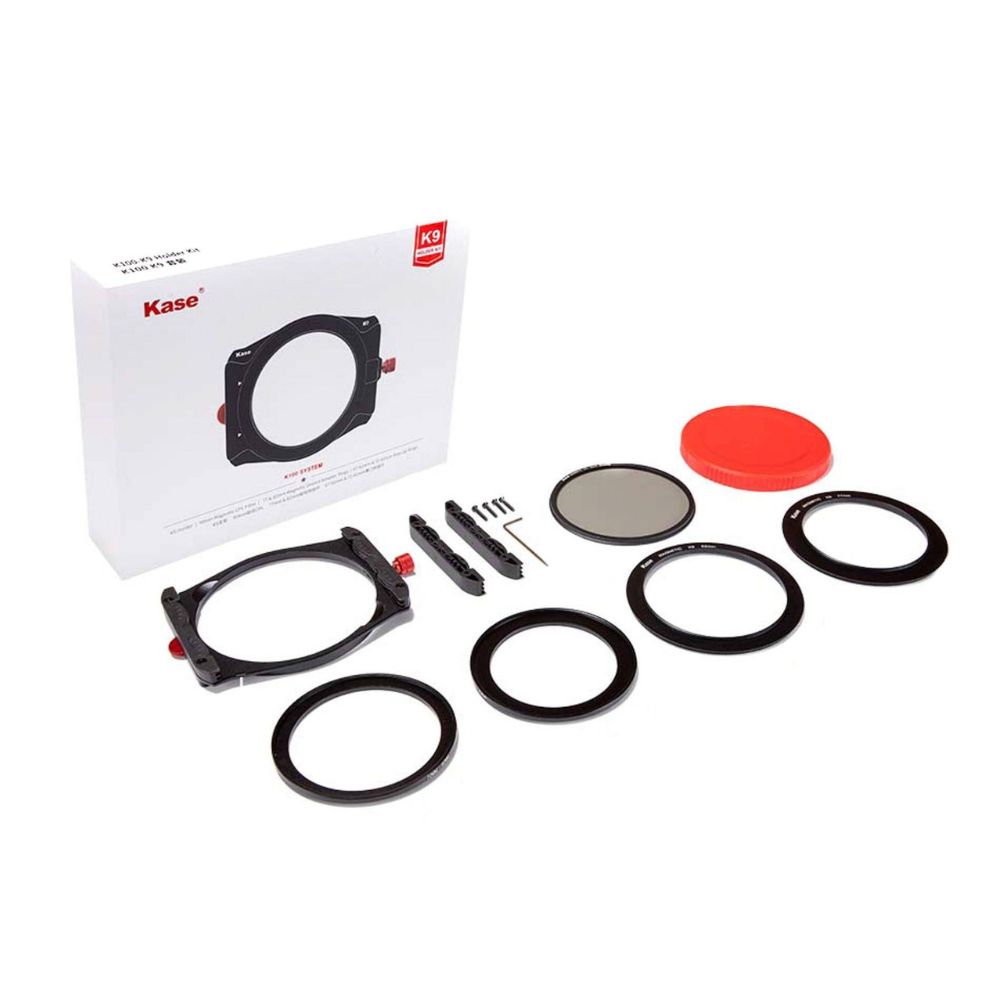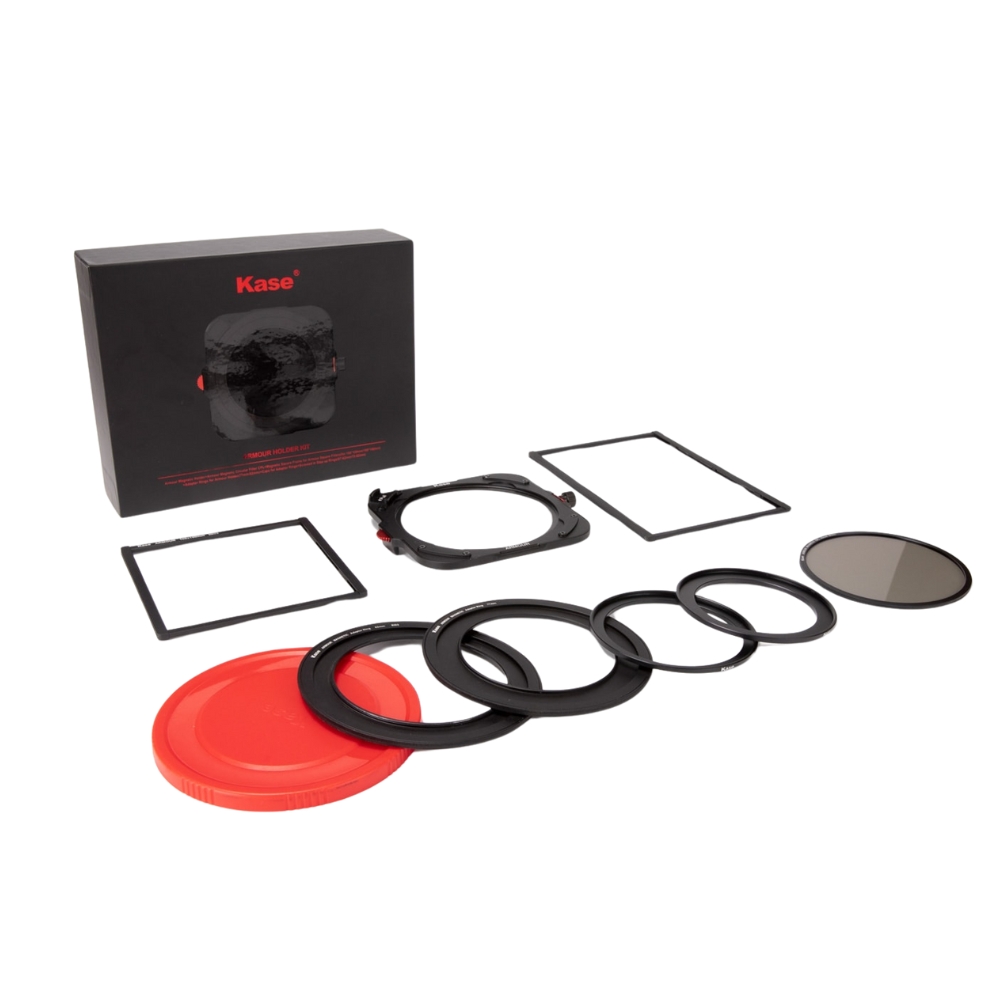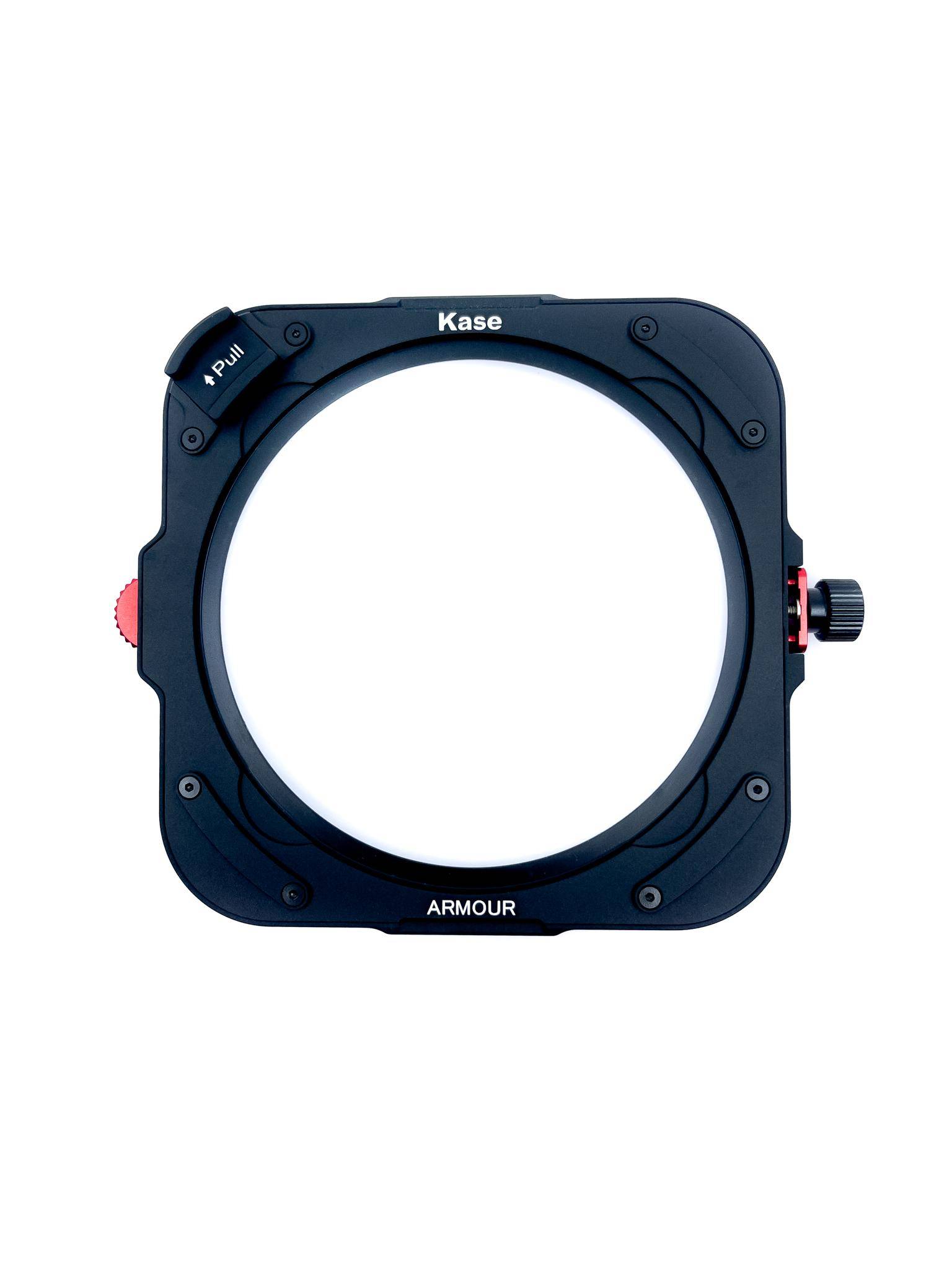Navigation
Clip-in, Magnetic Filters and Filterholders for Canon Lenses
Take a look at Kase filter holder sets and choose the one that best suits your needs. Kase filter sets include polarizing filters, clip-in, magnetic and screw-in filters, adapter rings, magnetic rings, and more. Save money by choosing a complete set instead of buying each item separately for your Canon camera or lens.
Filter products
In Stock
In Stock
In Stock
In Stock
Not In Stock
In Stock
Not In Stock
Not In Stock
In Stock
Not In Stock
Not In Stock
Kase filter holder kits for your Canon lenses
The Kase K9 filter holder system was developed as a filter holder solution for conventional filters with a thickness of 2 mm as well as for our new K100 SLIM filters (1.1 mm material thickness). We also offer filter holders for 170 mm wide rectangular filters for your Canon lenses.
If you choose the K9 filter holder starter kit, you will be supplied with a CPL filter, which is magnetically attached to the filter holder without an adapter. In this way, the polarizing filter can be quickly attached or removed when needed. In addition, the polarizing filter can be easily adjusted using a screw wheel without having to turn the filter holder itself. Even with gloves in the cold, you can easily adapt your setup to the current conditions.
In addition, you will receive two magnetic adapter rings in the sizes 77mm - 90mm and 82mm - 90mm as well as two step-down rings in the sizes 67mm - 82mm and 72mm - 82mm in the starter kit. This allows you to start photography directly with, for example, an ND filter and gray gradient filter in front of your lens!
All of our Kase filter holder systems for Canon lenses are precision CNC-milled from aluminum and matt black anodized to avoid annoying light reflections when photographing. With the attachment directly to the lens, light reflections are minimized and the CPL filter included in the K9 kit can also be used without a filter holder. With the K9 filter holder, the polarizing filter can be brought into the desired position with the adjustment wheel on the filter holder, even if, for example, neutral density filters or neutral density filters are already in use in the holder.
Combine up to 3 photography filters creatively
As already mentioned, our stable filter holders have a matt black, reflection-reducing surface. In addition, they can accommodate up to three 100 x 150mm or 100 x 100mm rectangular filters, such as the Kase GND filters or the Kase ND filters. If you want to work with larger lenses, you should opt for the K150-170 filter holder, which can be used with a round 150mm CPL filter and rectangular filters with a width of 170mm. Below we have listed the advantages and disadvantages of round filter systems and rectangular filter systems for you. Because both methods have certain advantages and disadvantages, in the long run a rectangular filter holder system is definitely the better choice for your camera.
Advantages and disadvantages of round filters:
+ Less complicated
+ Almost no additional accessories are required
– You need different filter diameters for different lenses or many adapters
– Awkward attachment or removal
– Vignetting is possible, especially if multiple filters are used (e.g. Pol + ND filters)
– Round GND filters are less practical
Advantages and disadvantages of filter systems with filter holders:
+ Filters can be inserted and removed very quickly and easily
+ GND filter available and easily adjustable
+ The filter holder can be quickly switched between lenses, using adapter rings also for lenses with different diameters
+ It is easy to use multiple filters simultaneously
+ No or hardly any vignetting, since the filter is significantly larger than the lens
+ Round filters can be used within the holder and also in combination with rectangular filters
– You need a complete system to use the filters
– Lens hood cannot be used
The Kase K9 holder made of milled aluminum has three spring-loaded mounting rails for rectangular filters. All three filter slots are available for flexibly positionable rectangular filters. Of course, you can mount the filter holder on almost all common lenses that have a screw thread.
CPL filter included in the set
Also included in the K9 kit is our 90mm magnetic circular CPL filter. It is a circular polarizing filter, since simple polarization can lead to incorrect measurements with modern DSLR cameras. Basically, a polarization filter enhances colors and contrasts and filters out reflections and reflections.
Of course, one of the most important things for photographers is a very sharp image and that is exactly what the quality of our coating offers you. This is so fine that even with high-resolution cameras with 150 megapixels, there are no problems with the resolution of the image. Of course, the very high reflection resistance of our filters, at 99.5%, also supports you on your way to the perfect picture.
In which situations is a polarization filter useful?
A polarizing filter is always used in photography when reflections are to be avoided. The following scenarios are common:
Enhancement of colors in landscape photography
A common problem in landscape photography: Especially on cloudy days, the different shades of green in the trees and grass often look very similar. Bright colors can be achieved with a polarizing filter.
This is because leaves also reflect the sky. The surface does not reflect as much as water, for example, but the white of the sky is also slightly reflected here. As a result, the green tones do not appear as strong as on a nice sunny day. A polarizing filter can then be used to remove the reflections and thus take a very color-intensive picture.
This effect can be used in most areas of nature photography.






















